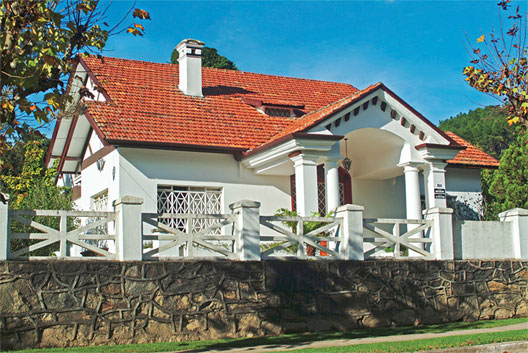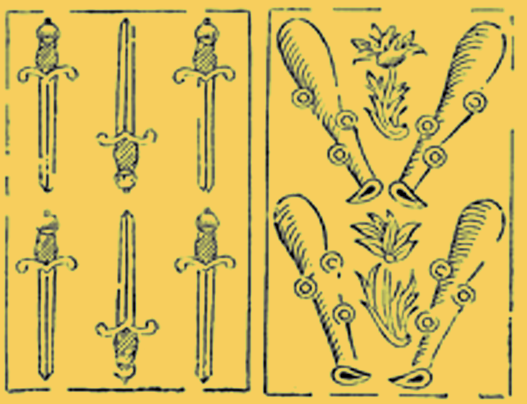

It is not known exactly when woodcut printing began to be used or who invented it. Among the knowns, the oldest paper woodcut print illustrates an issue of the Buddhist prayer Diamond Sutra, published by Wang Chieh, in China, in 868.
It is, however, believed that centuries before, the Far East woodcut printing artists were already stamping fabrics, perhaps initially in India.
In Europe, the most remote testimony is a piece of fabric stamped in the twelfth century. There are, however, some people who claim that European fabric stamping exists since the sixth century. In the fourteenth and fifteenth centuries, the Europeans widely used woodcut printing to produce sacred images (saint images) and decks of cards.
 Visitation
Visitation
The Xylography Museum is open to the public from thursday to monday (just close tuesday and wednesday), from 9 to 12 am and from 2 to 5 pm.
Closes from 1 till 25 december
paid entrance
 Shopping
Shopping
In our little market in the museum, the visitors can buy:
• engravings from various artists;
• tools, woods and others materials to do xylographys;
• books, including especializeds, see more in www.editoramantiqueira.com.br;
• various souvenirs, like postcards, t-shirts, bags, crafts, etc.
 Av. Eduardo Moreira da Cruz, 295,
Av. Eduardo Moreira da Cruz, 295,
Campos do Jordão - São Paulo - Brasil